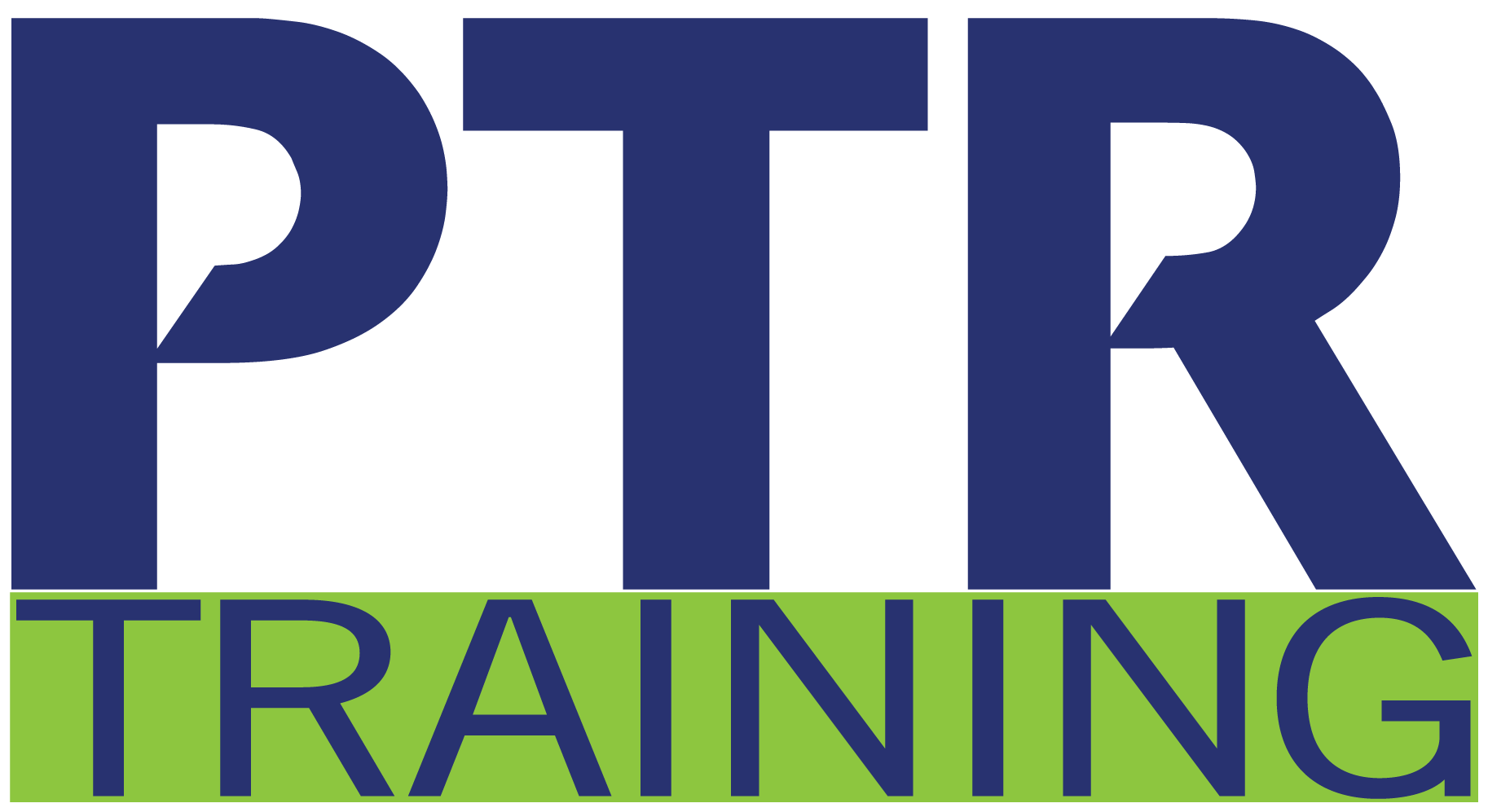Psychological Safety in the Workplace refers to a team climate where employees have equal rights to express themselves, regardless of their position, job title, or rank. We will teach you how to build a work environment where staff can express their opinions, admit mistakes, give and receive feedback, suggest improvements, and point out problems without fear of embarrassment, punishment, or rejection.
Learning Objectives »
- Understand why psychological safety is important.
- Avoid undermining psychological safety.
- Analyze the factors that drive psychological safety.
- Apply strategies for promoting psychological safety.
- Develop a Psychological Action Plan.
Course Agenda
Understanding Psychological Safety
- Defining Psychological Safety
- Reviewing What Psychological Safety is Not
- Psychological Safety vs. Related Concepts
- Psychological Safety and Performance
- Learning Behavior
- Types of Failure
- Benefits of Psychological Safety
Improving Psychological Safety
- Undermining Psychological Safety
- Encouraging Psychological Safety
- Factors that Drive Psychological Safety
- Supporting and Promoting Safety
- Three Steps to Psychological Safety
- Responding Appreciatively
- Psychological Safety Action Plan


